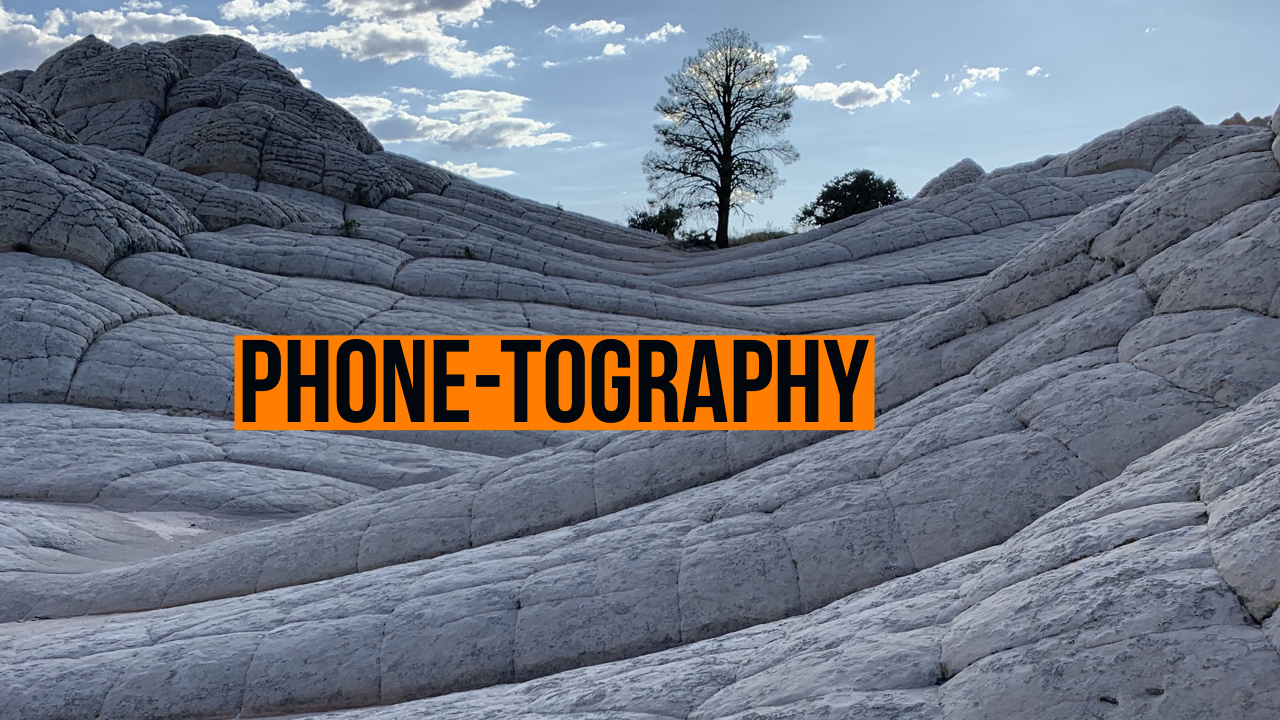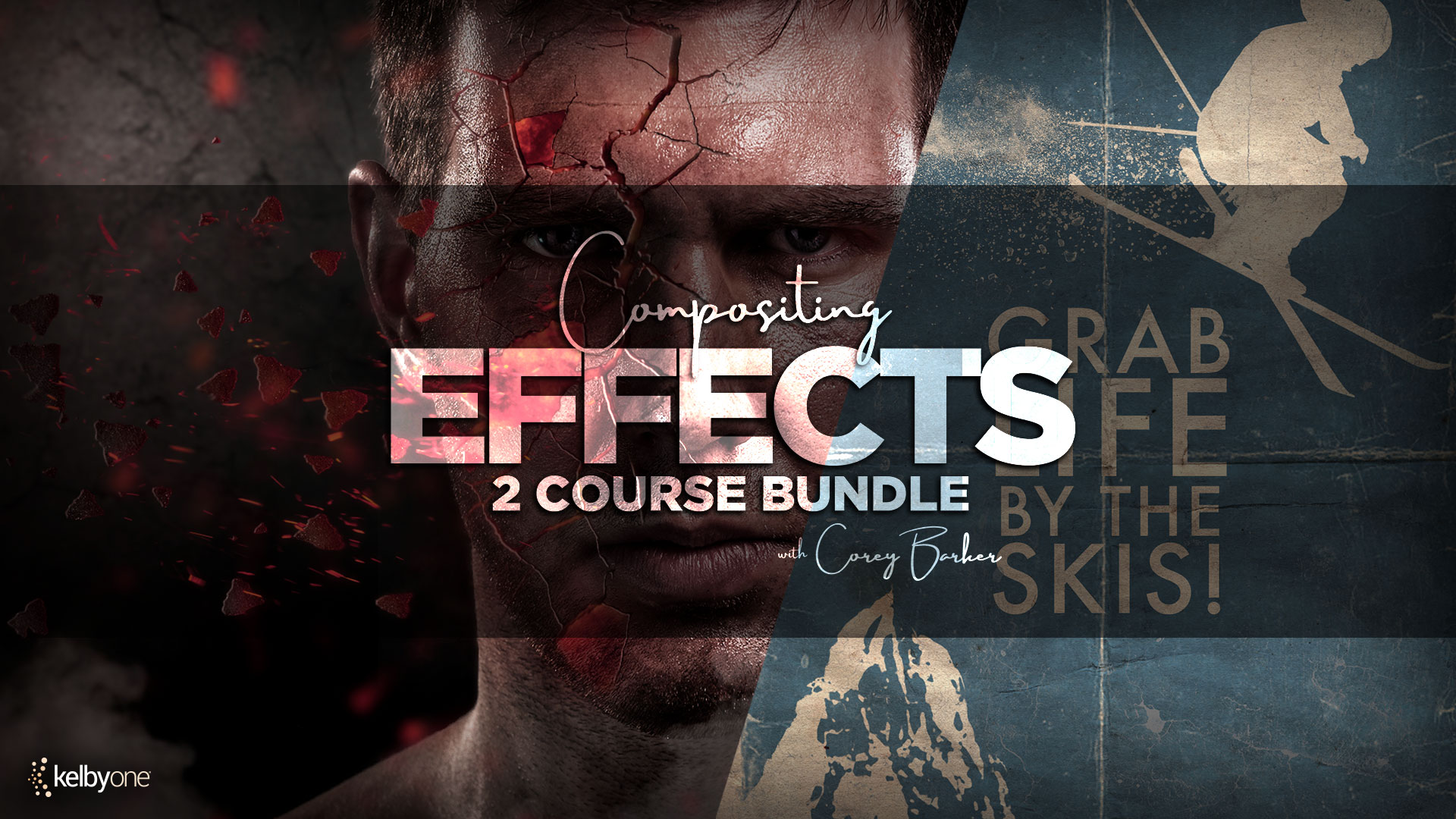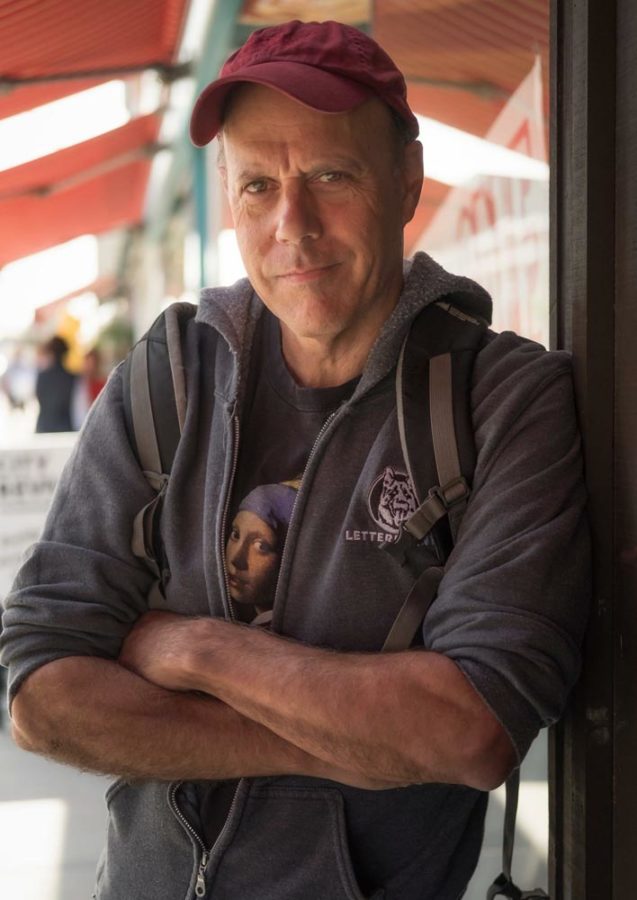
“Have Blimp, Will Travel”
That used to be the “shout out” to all the publicists and producers who hire set photographers for their feature films and TV series produced in Ontario, both Northern and Southern. I say, “used to,” as with the advent of mirrorless cameras and the electronic shutter, the SLR silenced by the blimp is becoming both redundant and anachronistic.
I divide the Province in two as Northern Ontario, most notably Sudbury and North Bay, as they have become mecca for producers due to the tax credits available for labour costs.
And in the film and TV business, every nickel and dime is counted and watched by a number of levels within a production.
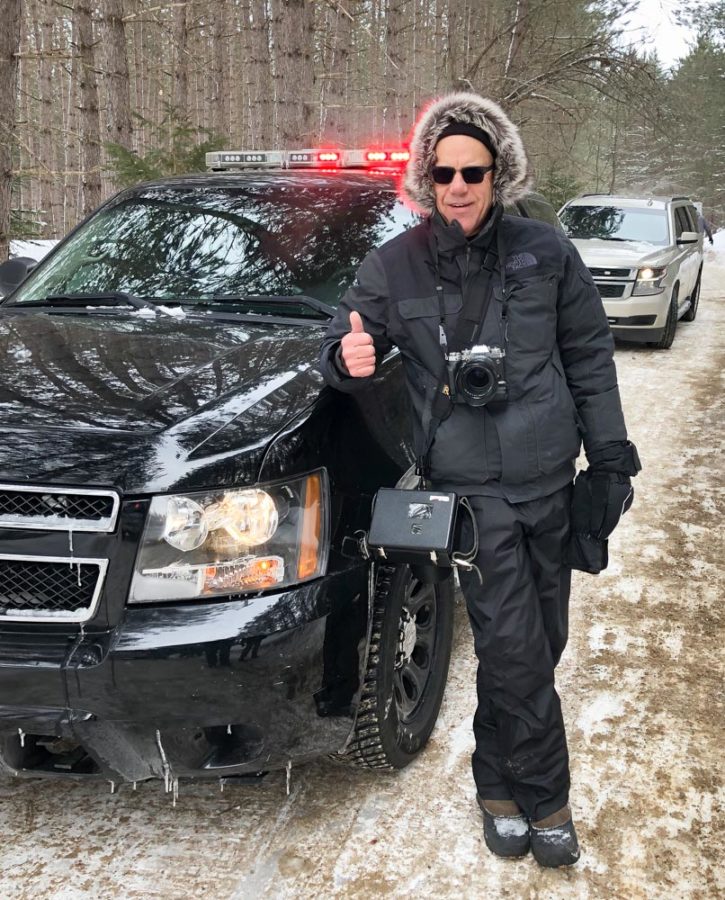
Hence this past March I worked up in North Bay on a show called “Cardinal” for CTV, in a frozen park full of little lakes, and came home with frostbite on my nose! Of all places… Did I think of greasing up that part of my body… nooooo. Call it a war wound… in -20 C. We had tents with heaters going for warmth between takes.
More than likely you’ll see me looking like the photo next to the wagon wheel as winter productions are not the norm. Cameras are rolling more likely from April – December in Ontario.
Last year I worked on two productions in Northern Ontario, Honey Bee (see photo by the 24 hr. neon sign) and Bad Blood Season 2, both of which I was hired for the duration of each production, which simply means I got the job and shot all required photographic elements of and for the production.
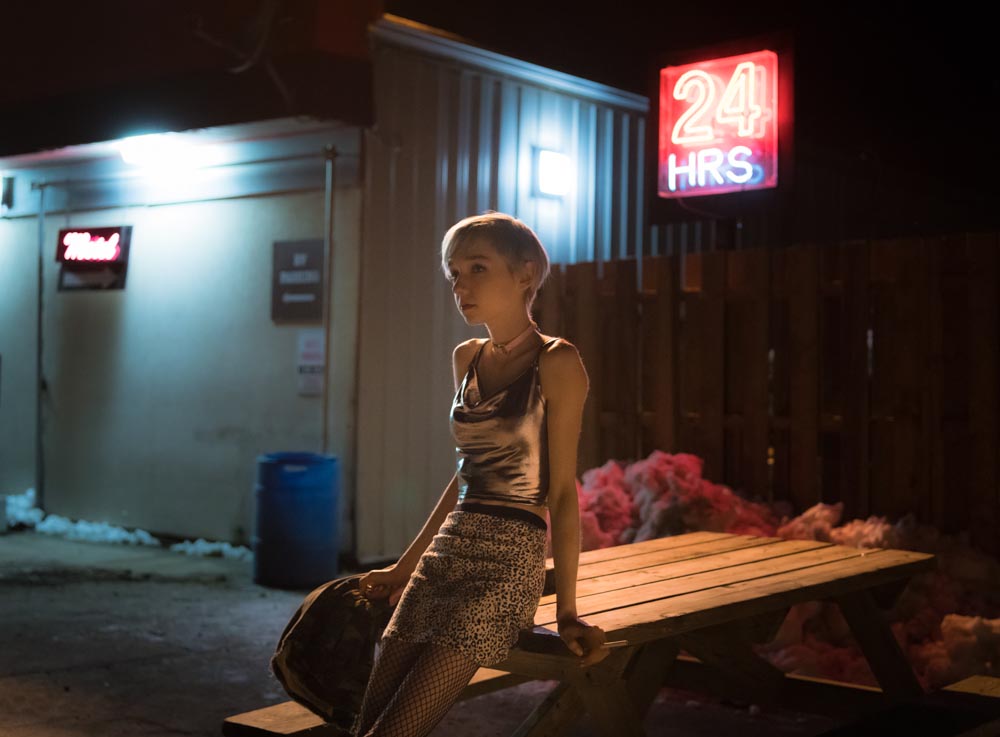
These elements include: a) Set Stills on the days required by production for the publicity department, and that entails positioning myself as close to the A or B camera while they shoot the action, so I can get photos of the action.
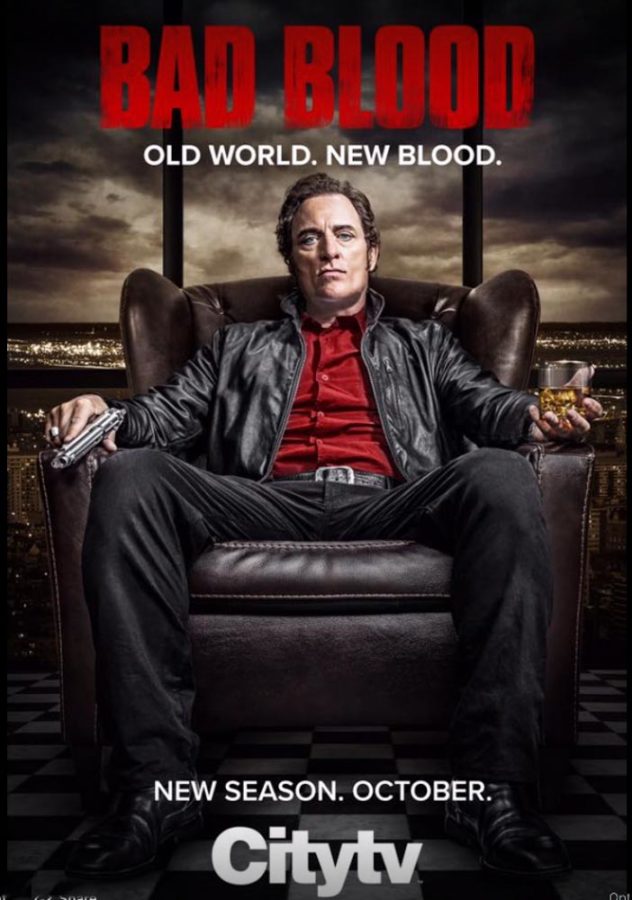
An important aspect of set stills is rendering myself with “invisibility.” I use that word in an artistic sense, as it is a learned skill, just as a musician learns to play an instrument. Timelines and meshing with the crew are learned and practiced over the years. It makes life easier for the stills photographer, and also the actors. Typically the actor will never look directly at camera when shooting a scene.
When on a set, I’m presented with the challenge of getting the shot, or shots, for each scene. This takes place after the scene is blocked, the stand-ins are set up for lighting, I decide on my lens, on depth of field, ISO, and shutter speed, and I wait for the call of “action!” by the director.
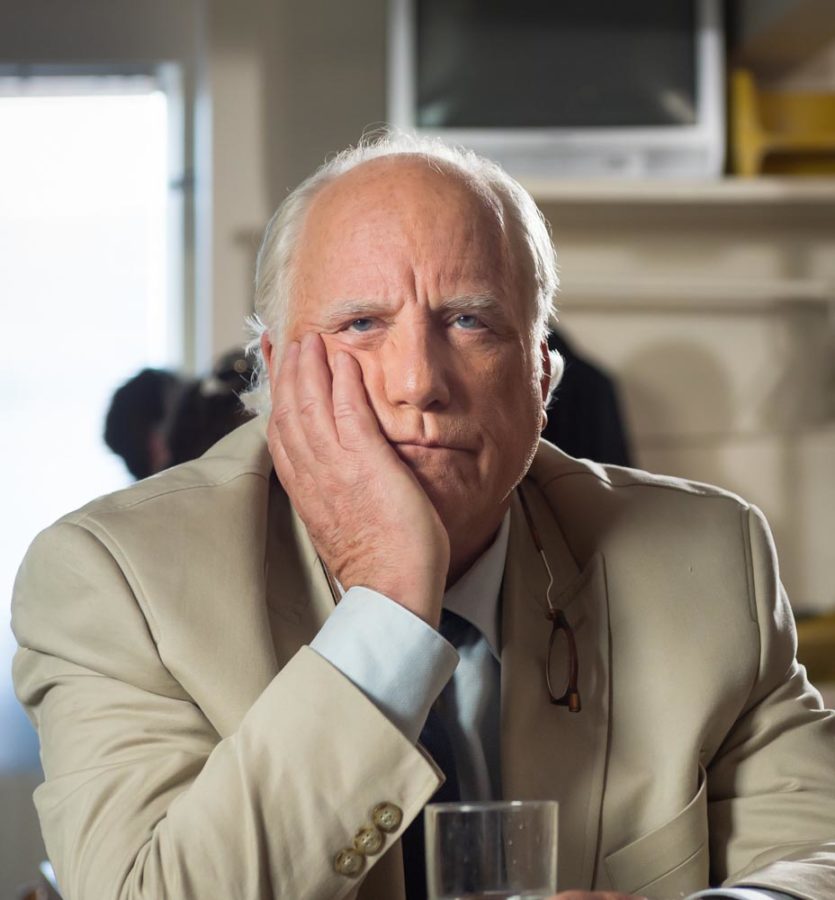
I do watch the blocking (rehearsal before lighting takes place) so I can suss out the lens I am going to choose. Close ups from A camera usually mean a portrait lens (50mm, 85mm, or telephoto zoom).
When the director asks for a “master shot” for a scene, this means a wider angle for the main camera. Hence I choose a wider (24-70mm or 35mm), less telephoto lens so I can get the look of the whole scene before they go in tighter on each actor.

Most studio sequences for stills require a higher ISO, 5000 to 8000, the slowest shutter speed the lens can handle, and the fastest aperture on the lens. Noise is easily removed in post.
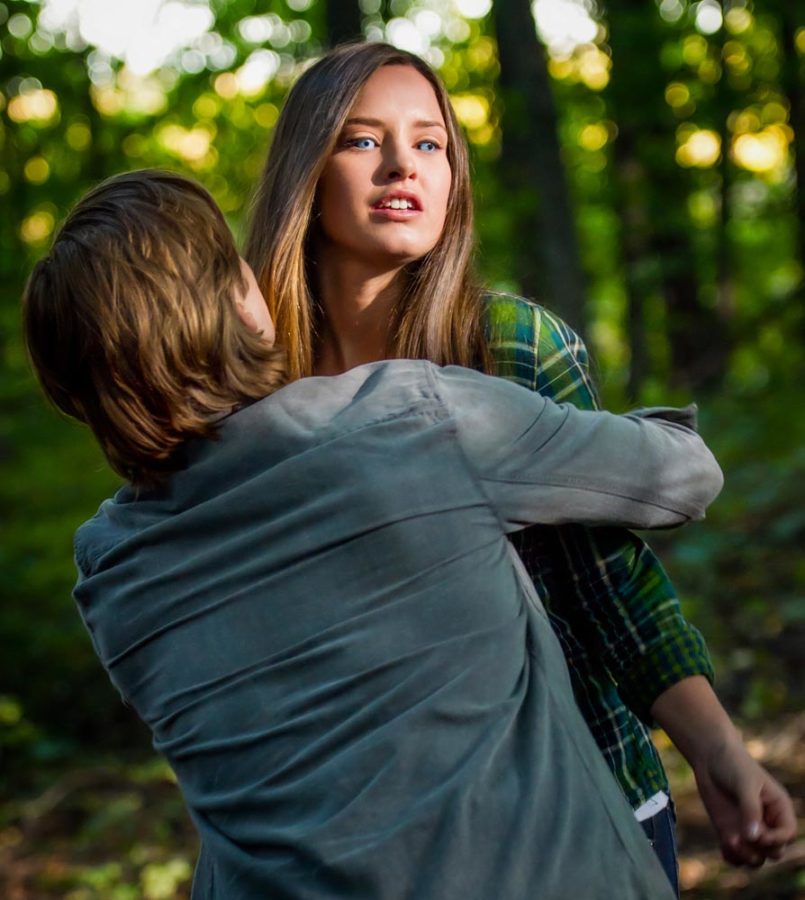
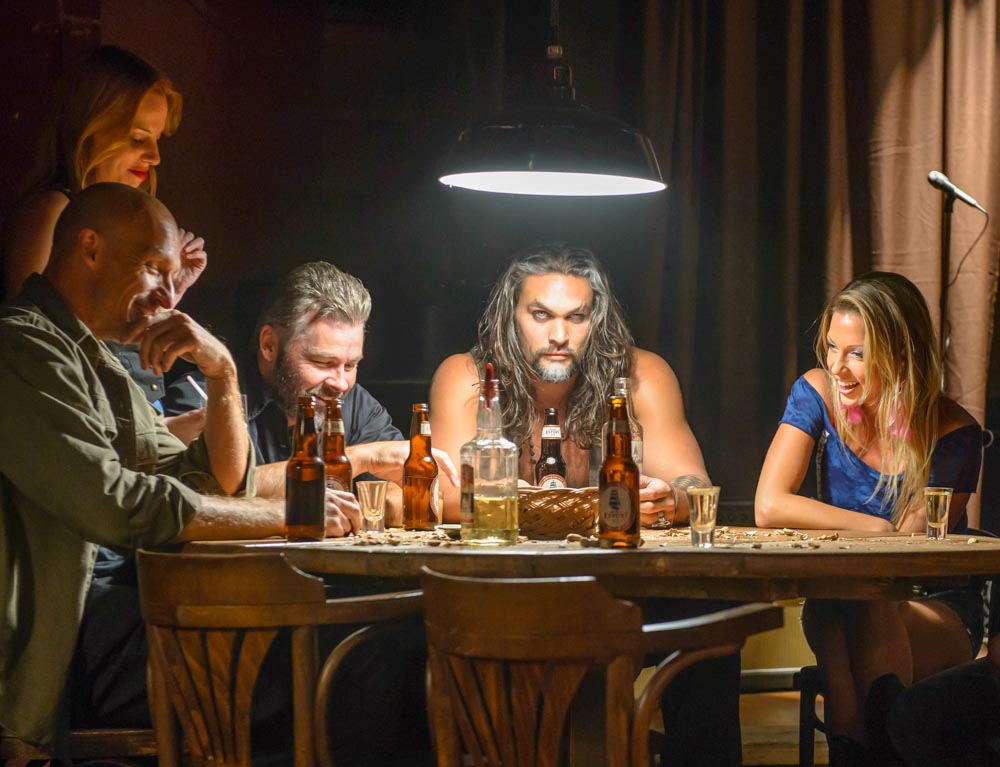
Shooting outside during the day is another story. I don’t concern myself with ISO as much and keep the shutter speed where I’m always guaranteed to get sharp images.
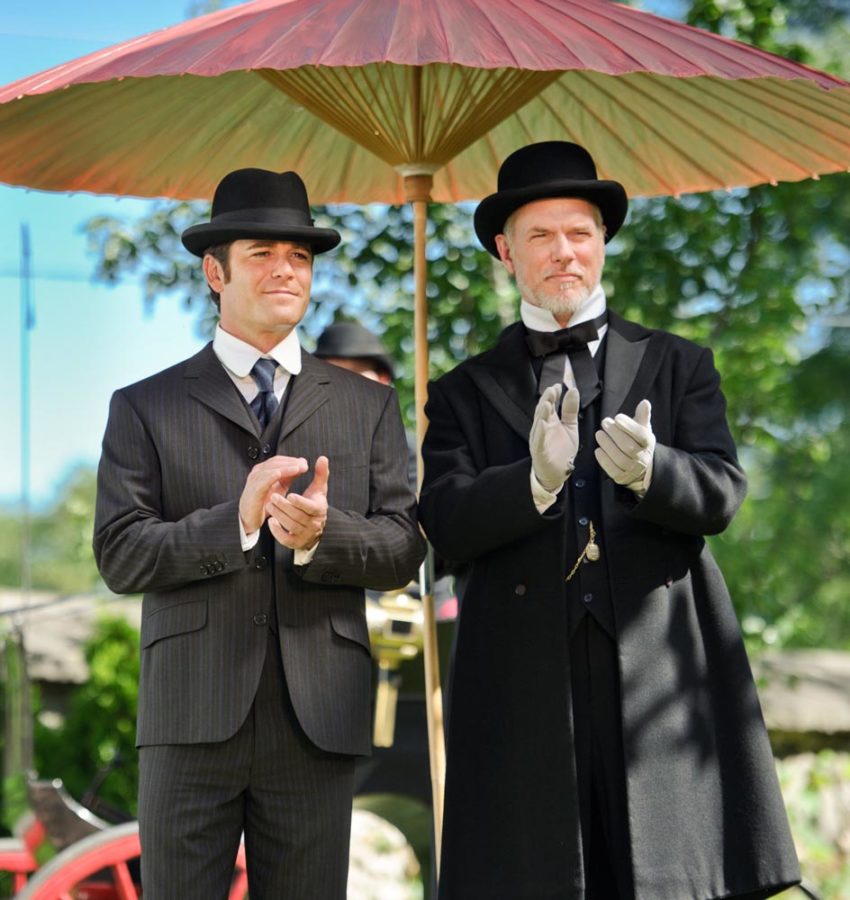
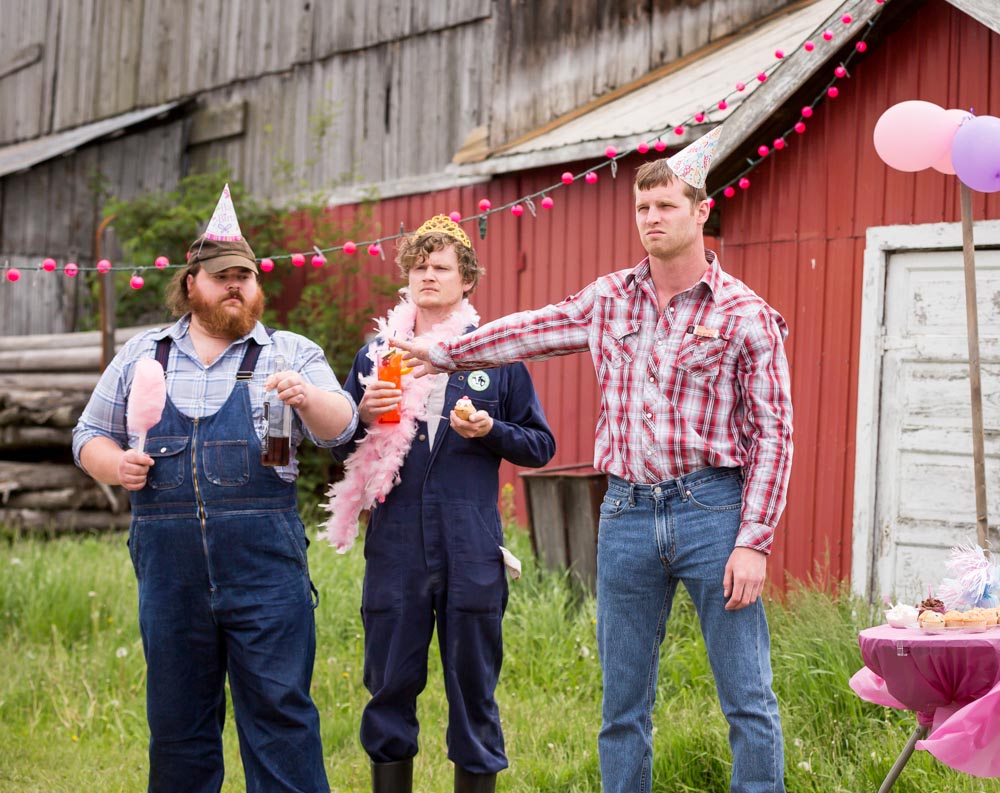
That said, night time and overnights (occasionally to 5:00-7:00 in the morning for the stills photographer, later for the crew) can be just as challenging, if not more so than studio shooting, as I’m back to punching up the ISO and slowing the shutter, shooting wide open, to get the shot.
It’s particularly difficult when you want to get sharp images, and the characters are not lined up in a way that your depth of field makes it easy to get everyone in focus and sharp.
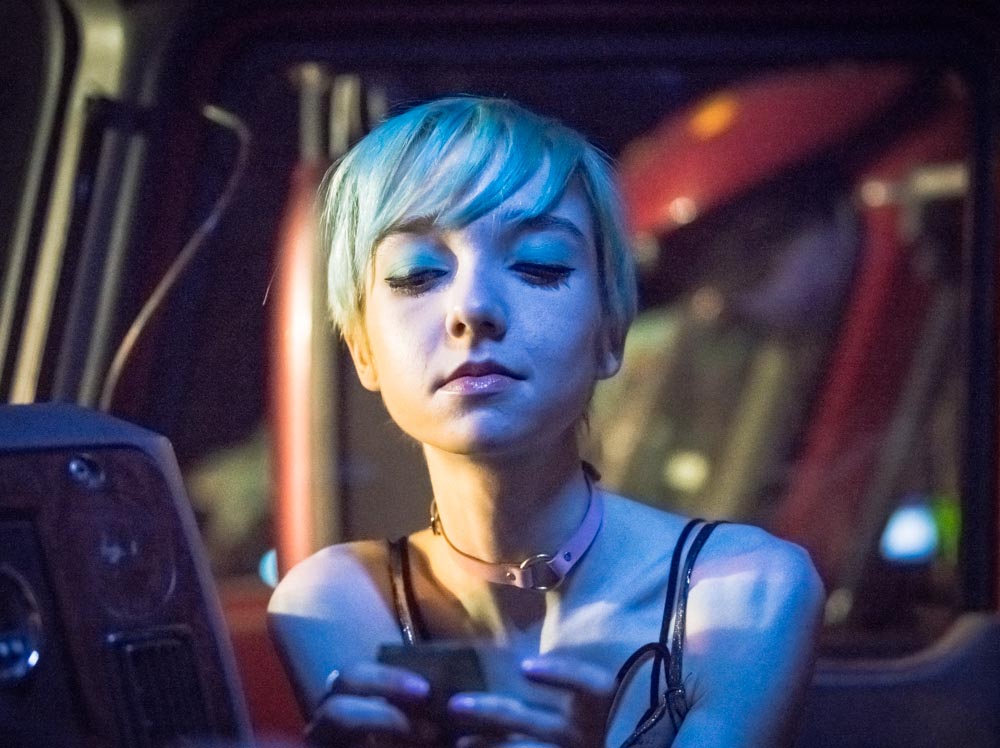
Frequently, in this case, I have to make a decision regarding depth of field, as the publicity department wants me to focus on particular actors on the day. That is what guides me all of the time.
The actors are numbered and referred to on the call sheet as 1,2,3,4 etc. The first being the most important cast member on the show for that given day of production.

For me, the most important aspect of being a photographer on a film or TV set is capturing the drama and emotion of each scene. There has to be a connection with my camera and what the actors are dramatizing. It is an essential aspect of stills photography, because these are the images the public sees first before a film, or an episode from a show prior to the air date.
Good photos can entice interest, which means good ratings for a series.
In some ways the job is harder now because there is so much choice in the TV viewing world. A great still can often mean an increase in curiosity from the viewing public.
Going further with this concept as it relates to my other photography work, this is a transferrable skill. What I mean is the best photographs tell a story.
We don’t always have capable actors in front of our lens. But the concept of story telling, and artistic expression, simply means asking for more from your subjects, and taking risks. More later on this subject.
The second element of my job as a stills photographer is working for the art department.
Often on a series, there are needs for photos to be shot using either cast or props, or both for a particular scene.
I worked on a show called Beauty and The Beast, and had a call from their art department asking if I could shoot a series of photos that would appear in individual frames on a desk behind the character featured in the scene.
On the day, I took my assistant to the set and we set up a seamless, and then waited in the lunchroom for the actors to finish their scenes.
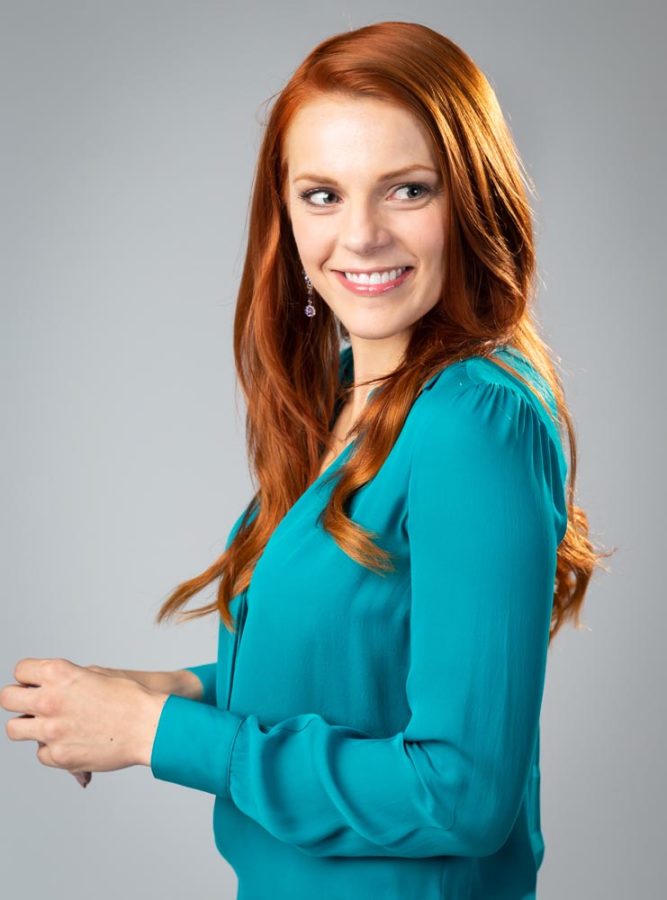
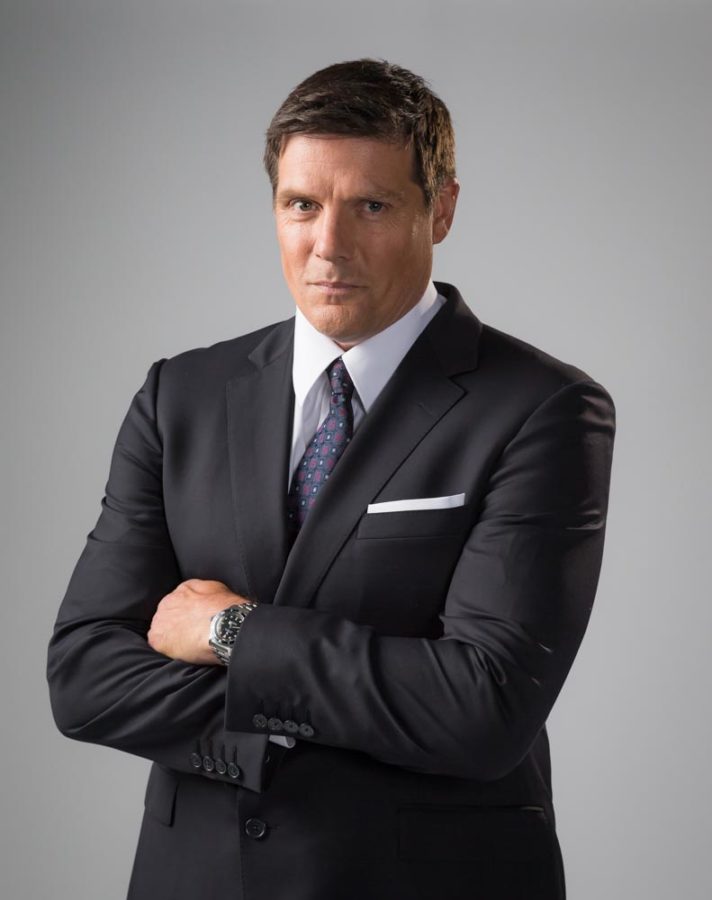
Often this is a long day of waiting, with 10 minutes max with each actor. I was given a bunch of tear sheets to use as templates in the look the art department wanted from cast.
This is fun most of the time, you get to shoot without worrying that you’re getting in the way of production and I get a full day rate for this kind of work.
On a number of occasions a production will pull me off a day of stills to do the same. Usually depends on how much I’m needed for coverage. That said, a production will sometimes bring in a separate photographer to cover art department work in the event the budget is there for this.
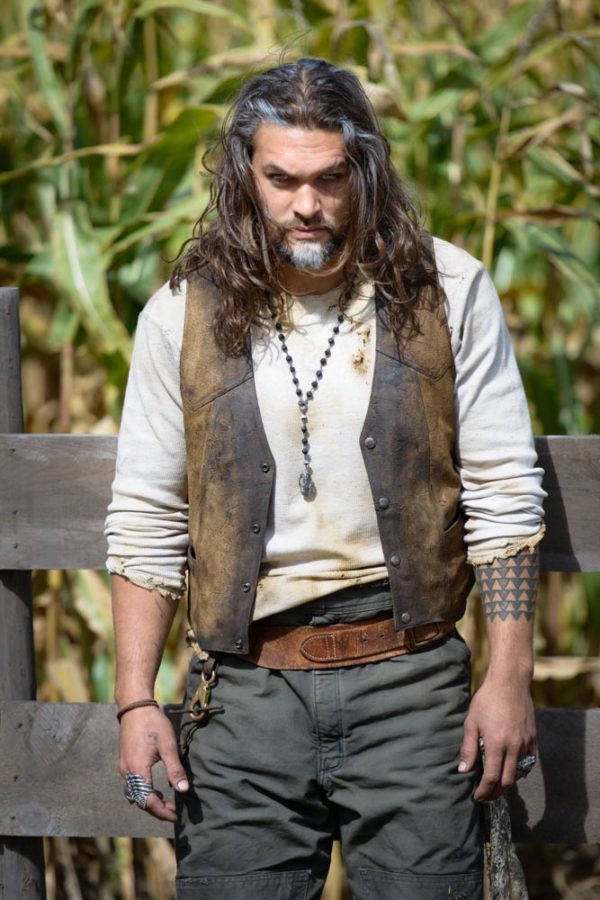
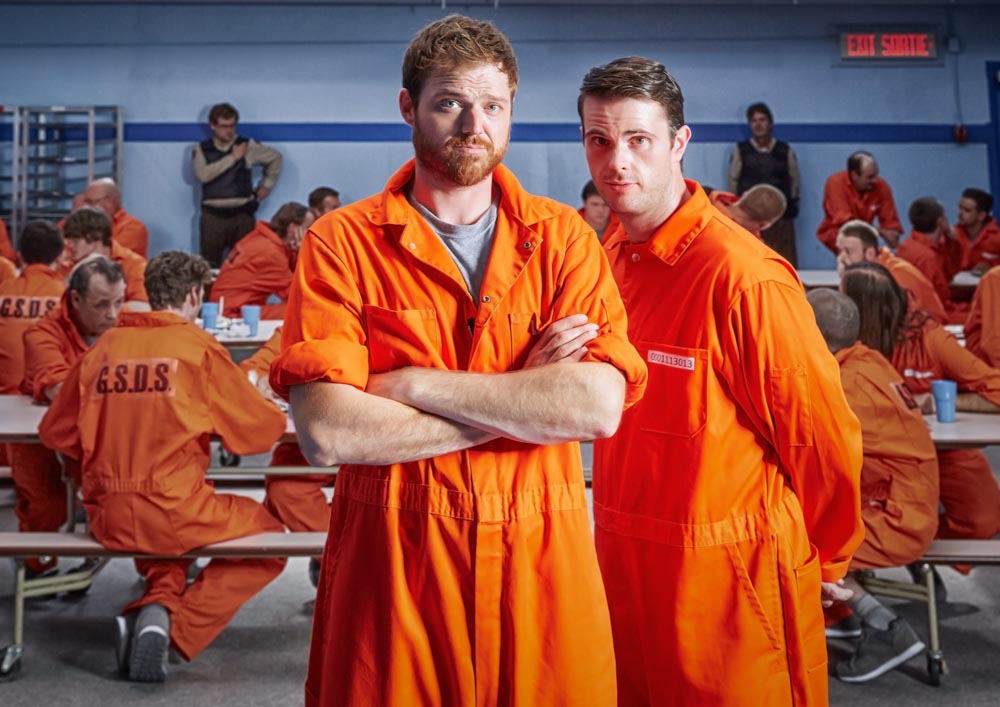
A sample of that is from What Would Sal Do, the Crave TV series shot in Sudbury, with the two actors in prison uniform, shot in a school gym masking as jail mess hall.
The photo I show you ended up on baseball caps and hoodies, which are given as crew gift, but also sold in a pop up store or part of the promotional campaign for a show.
The third aspect of the job is photographing the key art for the producer and broadcaster. This is defined as “publicity photography” that ends up on a poster or billboard, newspapers, magazines, the website for the show, etc.
The day of shooting the key art can be done almost anywhere. On the studio set, in an alternate studio location that’s close the working set, as the actors often travel from their set, to the location for the key art shoot.
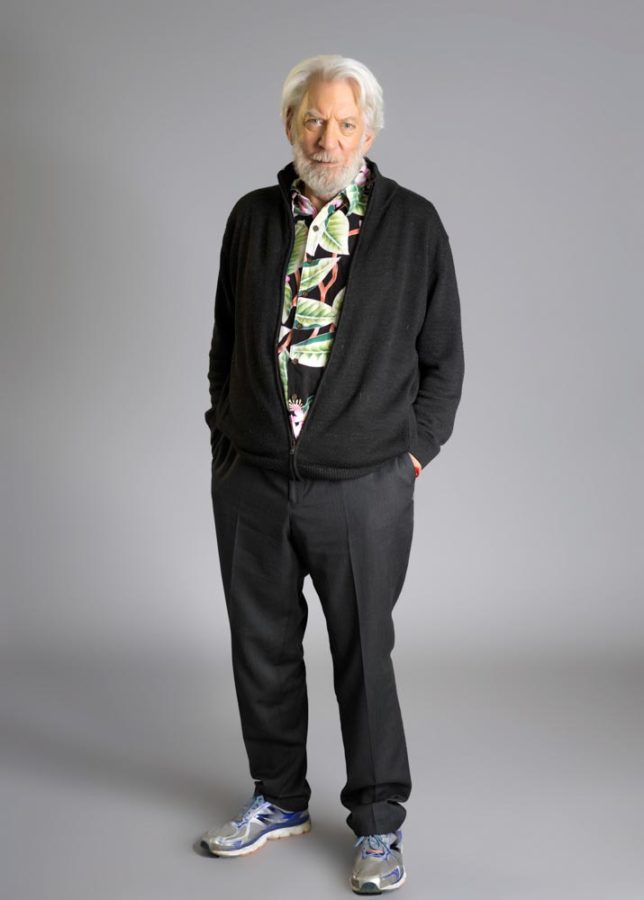
I’m always given the artwork prior to the “day of photography”, and my assistant and I go over the lighting and our set up for the lighting in advance. We pick the modifiers, and I also get in touch with the Key Grip so they can supply us with flags, light stands, extension cords, seamless paper, etc.
When the day arrives for the key art, we also set up the lights to test at least 4-5 hours before we photograph the actors.
When the shooting aspect of the day begins, there is a team that travels over with the actors, hair, makeup, the publicist, producer and the art department from the broadcaster.
I usually get to work with then for max 20 minutes.
Prep is the key.
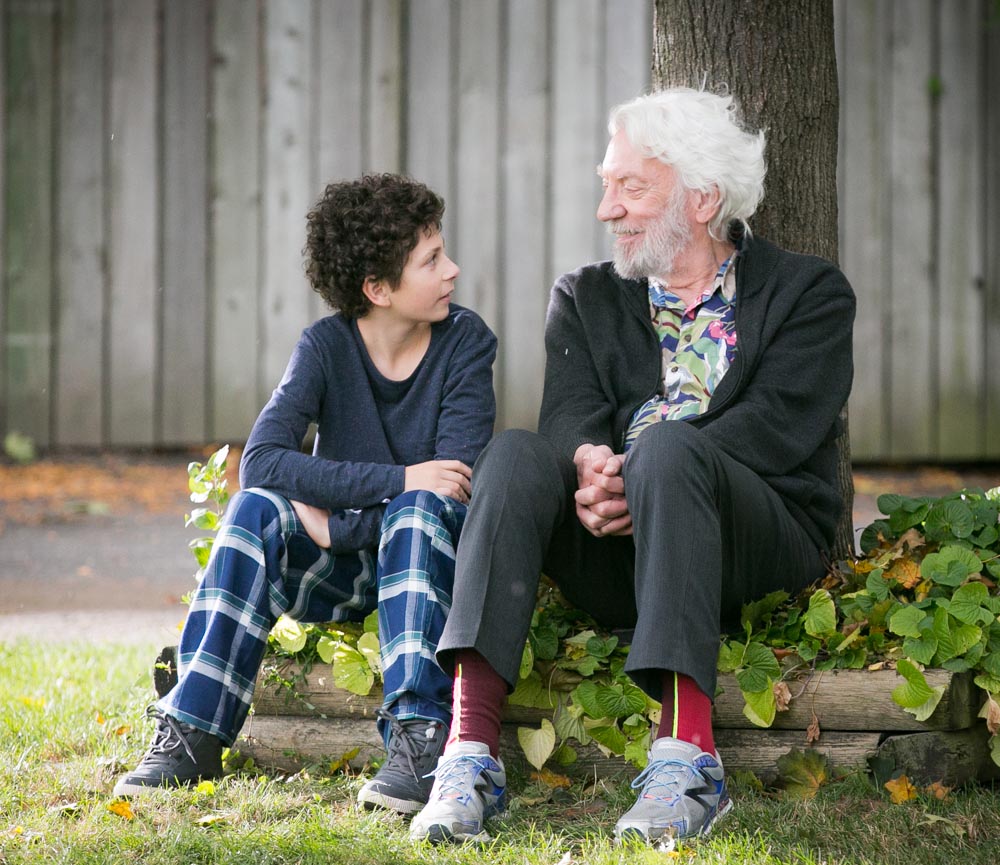
In this series of photos, We see William Ainscough, and Donald Sutherland in a still that I shot on set for Milton’s Secret. The producers eventually decided to go with this still for the key art, and poster shot, rather than what we shot in the studio with all the cast.
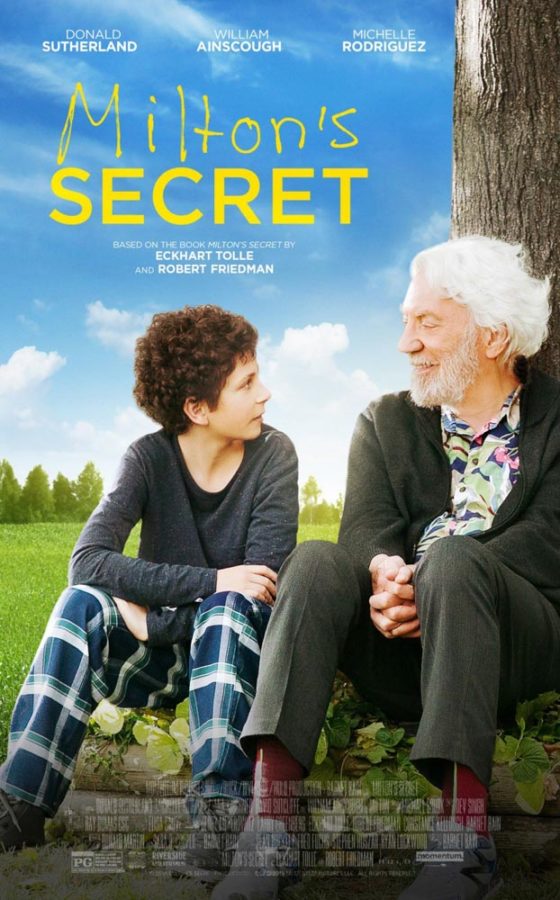
I’m speculating but the movie is about boy and his Grandfather… the Key Art had all the cast involved. The still captures that relationship.
Here’s a series of other Key Art production shoot’s I’ve done over the years, all of which were shot with Phase One Medium Format cameras. For the past five years, I’ve owned and shot studio work with Phase One. At the moment I own the IQ3 100 on the XF body. I’m usually shooting with the 110mm F 2.8. That lens has the best compression for my needs and it is the sharpest lens for this kind of work.
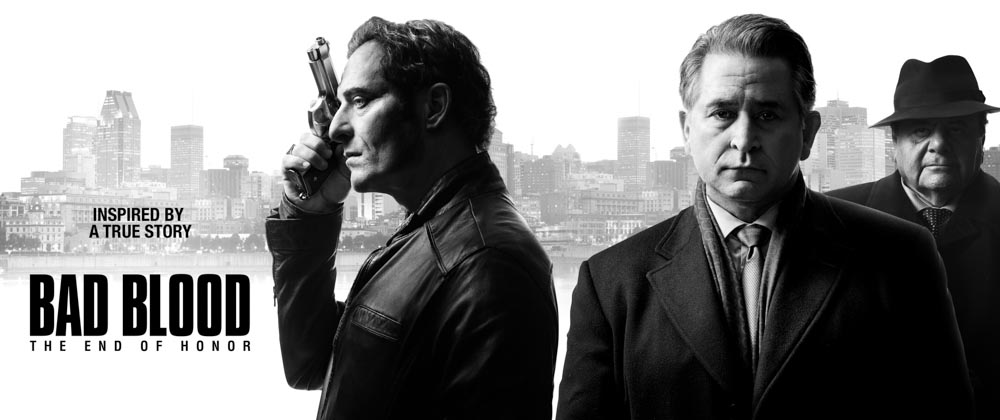
I personally own Profoto lights, D1, D2, B1’s, however for Key Art Photography, I love the Broncolar Para’s (mostly the 177) and their 3200-watt pack. So I make sure to get a lighting rental in my agreement.
When I am surrounded by members of the broadcasting team, the producers, plus crew, and they’re looking at my tethered computer while each shot comes in, I want the best gear.
It’s usually lots of fun, I’m so prepped that the atmosphere is stress free and the actors know what to do. There is usually no direction given by me, it comes from either the producer or broadcaster. Since they have the vision for what they want, I am fine with that arrangement.
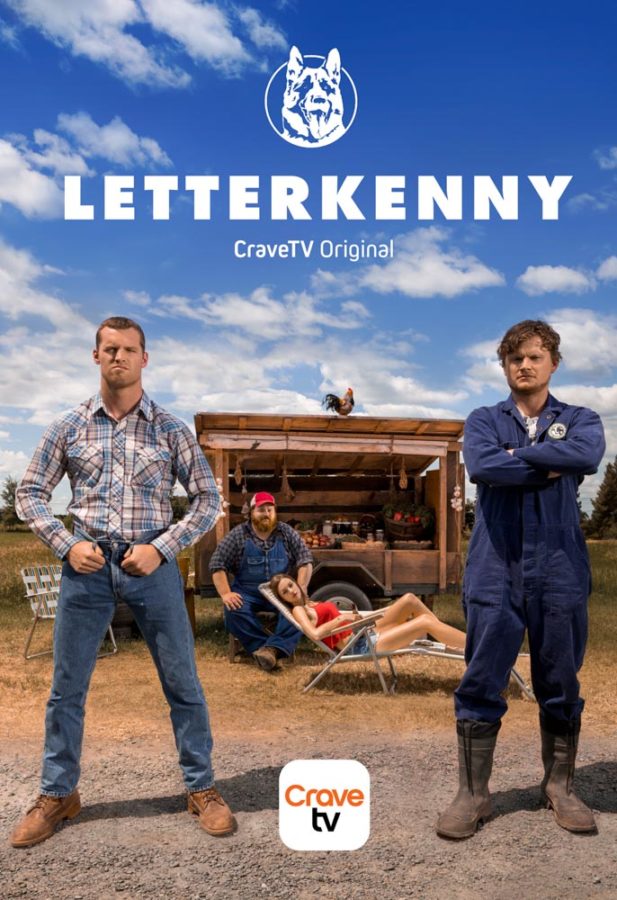
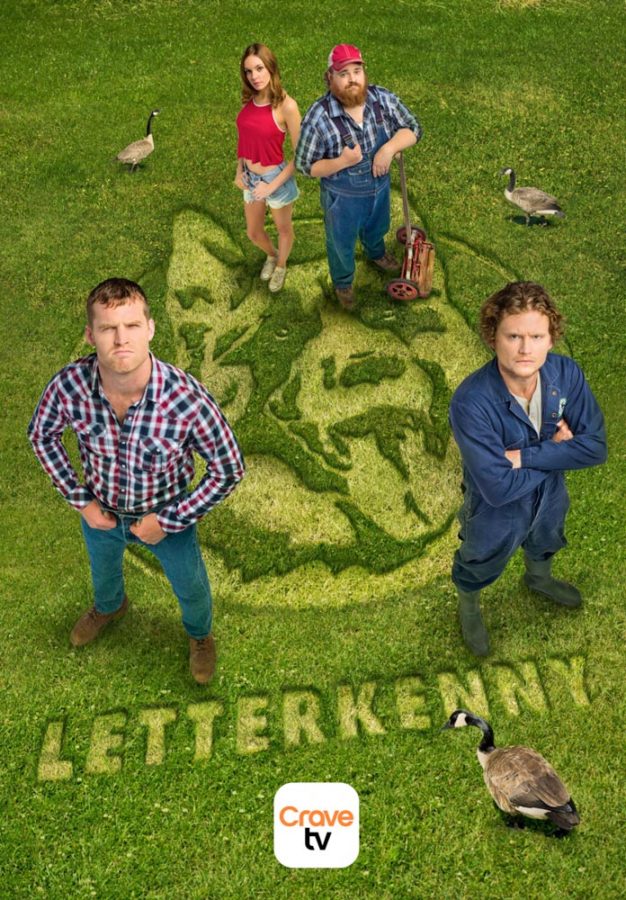
Photography on a film set can be both exhilarating and frustrating, but ultimately it is the creative experience and joy of shooting all day, or night, that makes it both financially and creatively worthwhile. It’s fun taking tons of photos and making a living at the same time.
I’ve worked with two Oscar winners, a number of Canadian Screen Award winners, traveled all over Ontario, worked for CBS TV, NBC TV, Hallmark Entertainment, lots of renowned Canadian Series and films. In the end it’s a great job and has assisted in taking my lighting skills to another level with the Directors of Photography on most of the show’s I’ve worked on, are masters of lighting. I enjoy watching them set up for each scene and take note of what they accomplish with their lighting set ups.
While I am a bit of a gear head, and I shoot with a mirrorless (both Fuji and Sony), but now back to Sony, an SLR (Nikon D850 plus two zooms), and as I mentioned, Medium Format. I always try to learn new ways to create great photos on film sets and love my job.
Thanks,
Iden Ford
You can see more of Iden’s work at IdenFordPhotography.com, and keep up with him on Instagram and Facebook.



